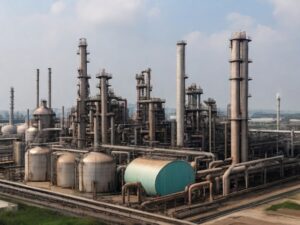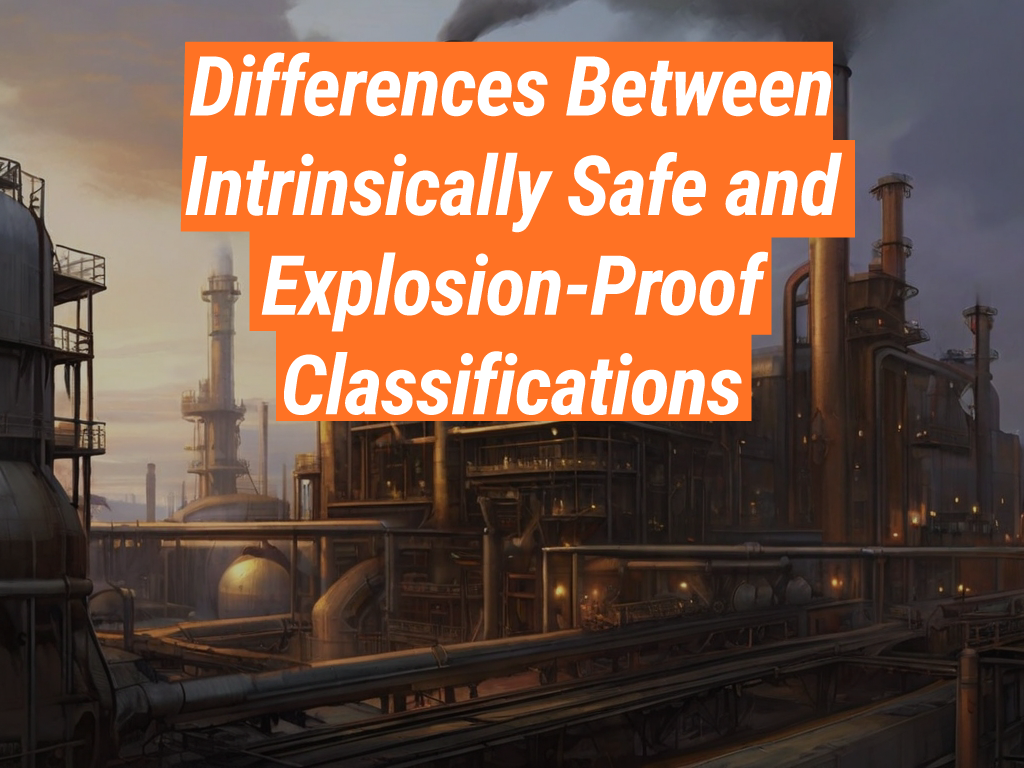Welcome to the Intrinsically Safe Store, your one-stop-shop for all your safety equipment needs. We are dedicated to providing you with the most reliable and up-to-date information on safety classifications. In this article, we will delve into the differences between Intrinsically Safe and Explosion-Proof classifications. We invite you to explore our website to learn more about these classifications and the products we offer.

What is Intrinsically Safe Classification?
Intrinsically Safe (IS) classification refers to equipment and wiring that is inherently safe. In other words, designers construct an intrinsically safe system to operate with low power and voltage levels, thereby avoiding the generation of enough energy to ignite in hazardous areas. Industries such as mining, oil and gas, and chemical processing where explosive gases or dust are present commonly use this classification.
What is Explosion-Proof Classification?
On the other hand, Explosion-Proof classification refers to equipment designed to contain and isolate potential sparks or explosions within the device itself. This means that even if an internal spark occurs, the device will prevent it from igniting gases, dust, or vapors in the surrounding environment. This classification is also widely used in hazardous industries.
Key Differences Between Intrinsically Safe and Explosion-Proof Classifications
While both classifications aim to prevent explosions, they do so in fundamentally different ways. Here are the key differences:
- Design Philosophy: Intrinsically Safe devices prevent explosions by eliminating sources of ignition, while Explosion-Proof devices contain potential explosions within the device.
- Installation and Maintenance: Intrinsically Safe devices are easier and less costly to install and maintain, as they do not require sealed conduits or explosion-proof housing. On the other hand, Explosion-Proof devices require more robust housing and careful installation.
- Flexibility: Intrinsically Safe devices offer more flexibility as they can be serviced or repaired in the hazardous area without needing to be disconnected or de-energized.
Choosing Between Intrinsically Safe and Explosion-Proof Classifications
The choice between Intrinsically Safe and Explosion-Proof classifications depends on several factors, including the nature of the hazardous area, the type of equipment, and the specific requirements of the application. It is crucial to consult with a safety expert or engineer to make the right choice.
Case Study: Intrinsically Safe vs. Explosion-Proof in the Oil and Gas Industry
The oil and gas industry uses both Intrinsically Safe and Explosion-Proof classifications. For instance, offshore drilling platforms, which have a high risk of gas leaks, often use Intrinsically Safe devices because of their low power and voltage levels. Conversely, onshore processing plants, where the risk of explosion is higher, commonly use Explosion-Proof devices.
Understanding Intrinsically Safe vs. Explosion-Proof Classifications
Understanding the differences between Intrinsically Safe and Explosion-Proof classifications is crucial for ensuring safety in hazardous industries. While both classifications aim to prevent explosions, they do so in different ways and have different implications for installation, maintenance, and flexibility. Always consult with a safety expert or engineer to make the right choice for your specific application.
At the Intrinsically Safe Store, we offer a wide range of both Intrinsically Safe and Explosion-Proof devices. We invite you to explore our website to learn more about these classifications and the products we offer. If you have any questions or need further assistance, please do not hesitate to contact us.


